You are currently viewing SemiWiki as a guest which gives you limited access to the site. To view blog comments and experience other SemiWiki features you must be a registered member. Registration is fast, simple, and absolutely free so please,
join our community today!
Dear Reader, I need your help with something.
Invention is the Mother of necessity. When I bought the Miller Farm, it came with a very shallow well. What that meant is priming the pump, alot. Me being an engineer weighed the options. The wife, with 5 kids to bath, wash clothes, cook, etc.. was a bit overwhelmed. Of course the worst day… Read More
The IoT (Internet of Things) creates an ambivalence within me. Part of me hates computers and being connected, the other is currently working on a boiler controller that even adaptively predicts and senses when the next wood load is needed and alerts the wife. Yup pray for her. I really use FPGAs and CPLDs around the farm and I am slowly… Read More
FPGAs in many ways are still a bit mysterious to some folk. I was at a high level summit in April, and I realized that many there had no idea what an FPGA was. They knew at least what a CPU was or meant and that their kids talk about GPUs. A good analogy I have for an FPGA when compared to a CPU is something like this. Think of the FPGA and CPU as … Read More
I thought I write about one of the most important subjects in FPGAs, that is power. Power of course is not just based on node size, and it is funny why so many people are concerned about node size. If not just as important is the architectural decisions that drive down power. Do you really care if your part is 16nm or 14nm? Or do you care more… Read More
Tools, tools, tools. Designs are rapidly changing, JESD204b, Hybrid Memory cube and all other Gigabit serialization schemes are here to stay. RIP DDR. This means board level simulations with respect to firmware (FPGA) are going to be more challenging than ever. Why? you ask, especially if the board layout is simpler? True, but… Read More
I love God, my wife, kids, and FPGA boards. I know I am not alone, there are other nerds out there, don’t be shy. Friday my “Kintex® UltraScale™ FPGA KCU105 Evaluation Kit” came in. Think about this, this is real 20nm Xilinx FPGA hardware that really works. Below is a nice picture of all the swizzles the board has.
I believe this is the … Read More
You will not believe this, but the family was picking me up Friday evening from the airport and on the way home… Get this, for real, the wife asks me to cut her hair tomorrow. Now the three of you that read my stuff, know what happened before. I resisted, and firmly said ‘No’…The wife seeing my macho stance began appealing to my engineer’s… Read More
Can I ask you a personal question dear reader? It is only fair, you know so much about me and all, so here goes… Why are you still hand coding you’re FPGA design? Surely you are not hand coding interfaces, like PCie, SRIO, DDR, GbE, JESD204B, HMC etc… Correct? OK, why then are you still hand coding the guts of the world’s best, super-duper… Read More
I will say that as popular as DO-254 and the like is, I am not the fella for that. It can take the simplest of designs into a realm of test and verification like you have never seen before. Yes, when I am flying I happen to be a big fan of this rigorous testing but you will not find me doing that job anytime soon. While the topic is very dry, it … Read More
Last February Xilinx presented a prototype device at the 2014 IEEE international Solid-State Circuits Conference (ISSCC, titled “A Heterogeneous 3D-IC Consisting of Two 28nm FPGA Die and 32 Reconfigurable High-Performance Data Converters” and click here to get a copy of the paper. Let me just share the intro my dear reader… … Read More




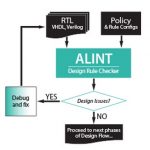
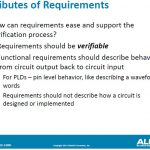
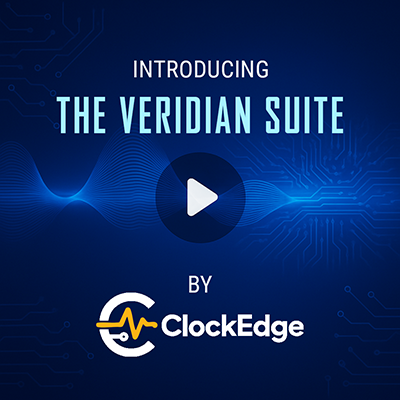

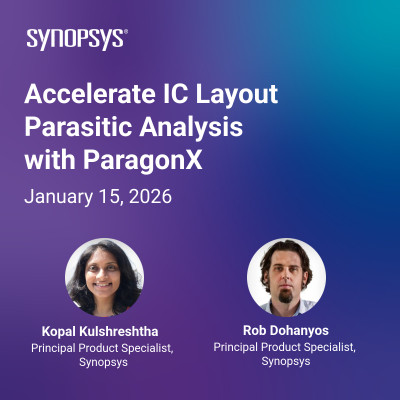
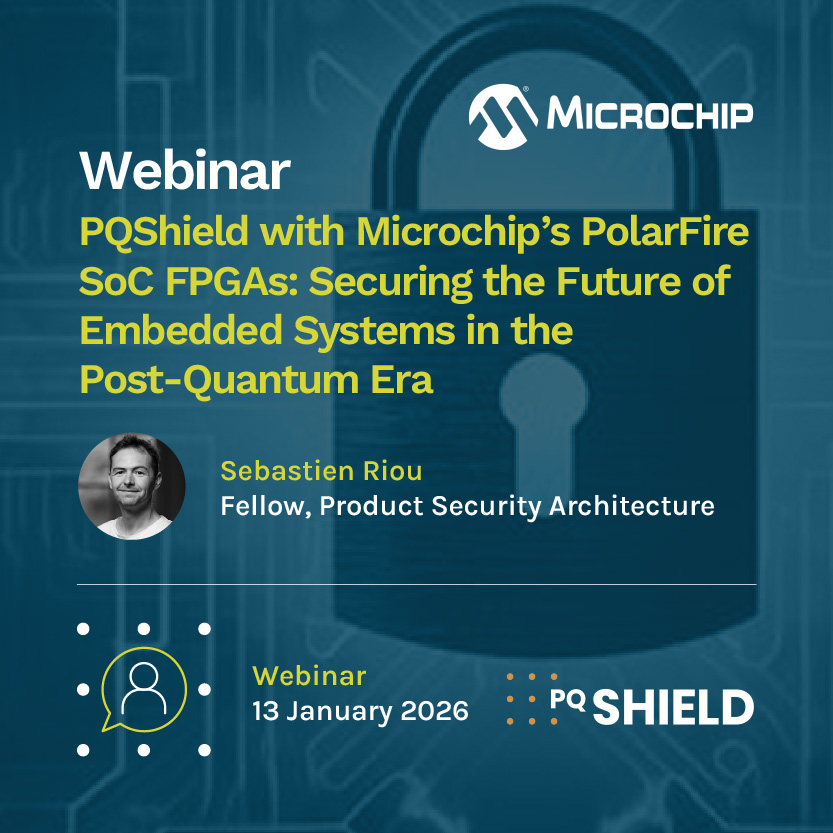



Quantum Computing Technologies and Challenges